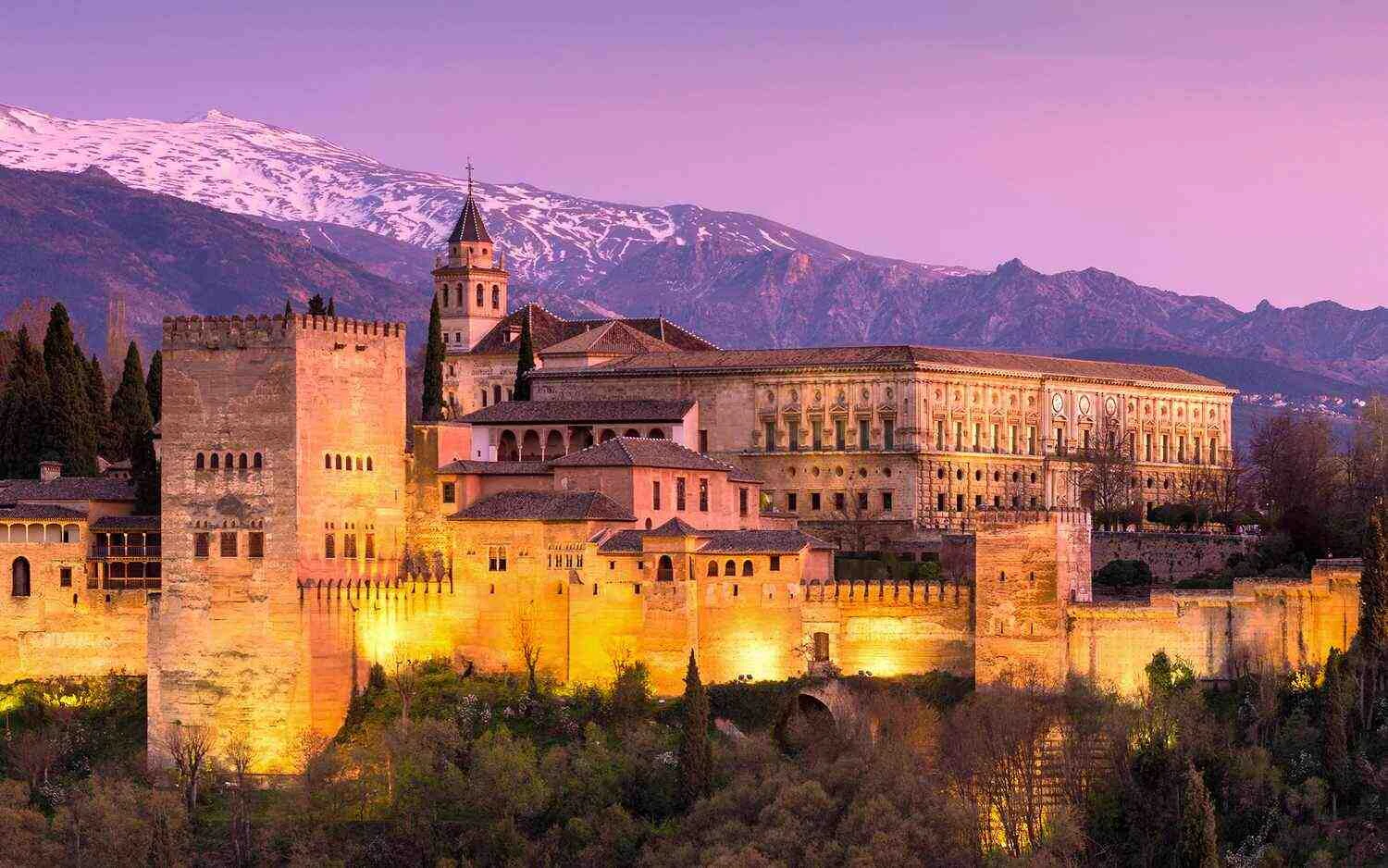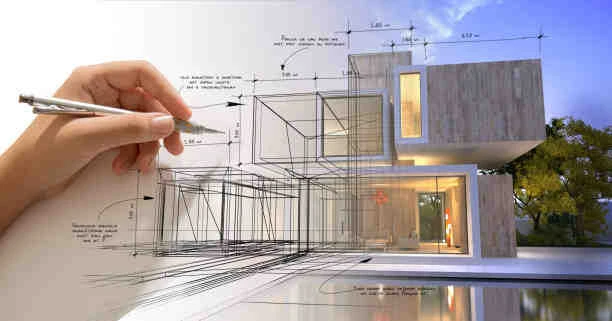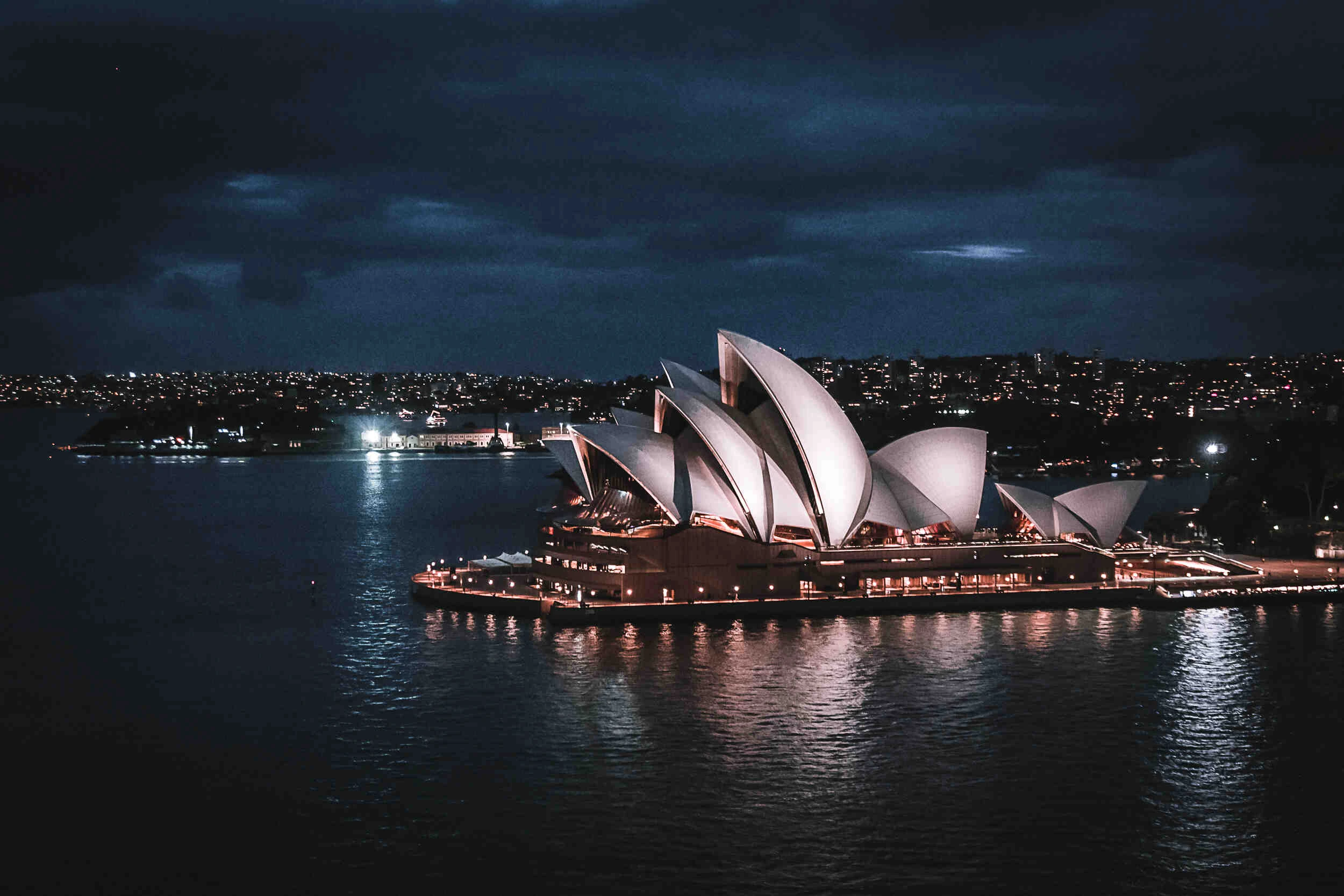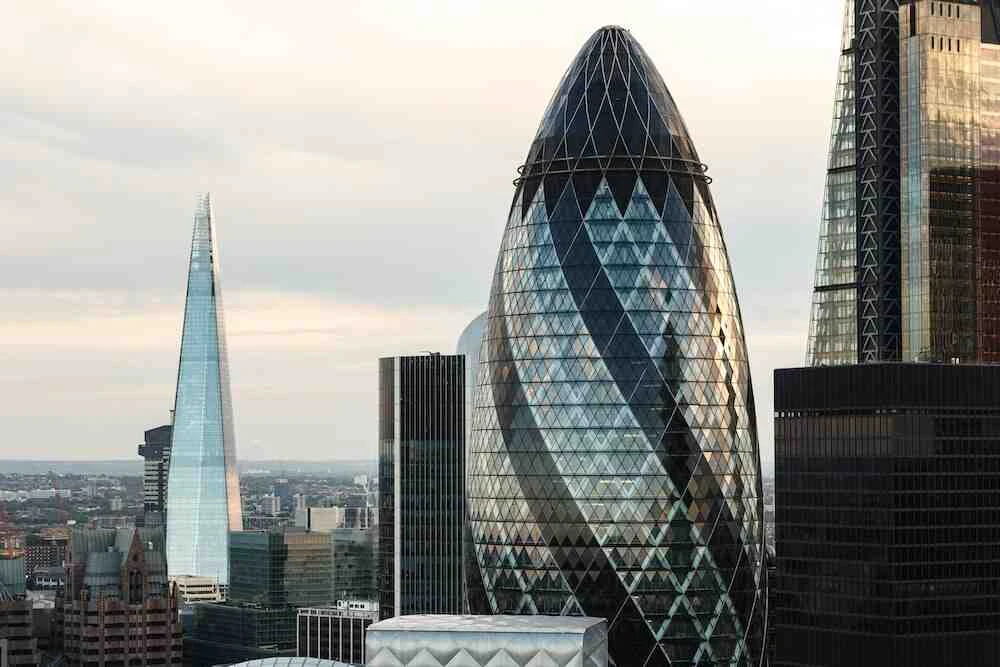
Architectural Symmetry and Balance: 15 Aesthetic Masterpieces
Taj Mahal, India
Our journey begins with the Taj Mahal, a white marble mausoleum in Agra, India. Built in the 17th century by Emperor Shah Jahan, its symmetrical design is striking. The building is perfectly mirrored along its central axis, creating a sense of equilibrium and serenity. The reflection of the mausoleum in the surrounding pool adds to the visual harmony.
Versailles Palace, France
The Palace of Versailles in France is a testament to opulence and symmetry. Designed by Louis Le Vau and expanded by André Le Nôtre, it boasts stunning gardens with perfectly symmetrical layouts and grand hallways that showcase the balance between interior and exterior spaces.
Parthenon, Greece
The Parthenon, an ancient Greek temple on the Acropolis of Athens, is a prime example of classical symmetry. Its Doric columns, evenly spaced and aligned, create a sense of balance and proportion. The Parthenon embodies the principles of Greek architecture and aesthetics.
Sheikh Zayed Grand Mosque, UAE
In Abu Dhabi, the Sheikh Zayed Grand Mosque is a breathtaking display of architectural symmetry. With its domes, minarets, and reflective pools, the mosque"s design is perfectly mirrored. The use of white marble and intricate details adds to its visual impact.
- St. Peter"s Basilica, Vatican City
St. Peter"s Basilica in Vatican City is a magnificent example of Renaissance architecture. Designed by Michelangelo, its facade exhibits impeccable symmetry, with a central dome flanked by twin bell towers. The harmony of proportions is evident both inside and out.
- Alhambra, Spain
The Alhambra, a palace and fortress complex in Granada, Spain, is a testament to Islamic architecture"s use of symmetry and geometric patterns. The intricate stucco work, tile mosaics, and reflecting pools create a sense of visual equilibrium.
- The Pantheon, Italy
The Pantheon in Rome, Italy, is celebrated for its remarkable dome and symmetrical design. The oculus at the center of the dome allows natural light to enter, highlighting the balance and beauty of the interior space.
- Neuschwanstein Castle, Germany
Neuschwanstein Castle in Bavaria, Germany, is a fairytale-like structure known for its picturesque symmetry. Perched atop a hill, its towers, turrets, and courtyards are perfectly balanced, creating a sense of whimsical charm.
- Forbidden City, China
The Forbidden City in Beijing, China, is a vast palace complex that showcases Chinese architectural principles of symmetry and balance. The complex features a series of courtyards, halls, and gates, all meticulously aligned along a central axis.
- Sydney Opera House, Australia
Designed by Jørn Utzon, the Sydney Opera House"s sail-like roof structures exhibit a sense of balance and harmony. The building"s innovative design is not only visually striking but also functional, creating acoustically superior performance spaces.
- Mont Saint-Michel, France
Mont Saint-Michel, a tidal island in Normandy, France, is crowned by a medieval abbey. Its picturesque silhouette and fortified walls are arranged symmetrically, emphasizing the island"s isolation and natural beauty.
- Brandenburg Gate, Germany
The Brandenburg Gate in Berlin, Germany, is an iconic neoclassical structure with perfect symmetry. It serves as a symbol of unity and peace, and its impressive columns and central chariot statue create a sense of balance and grandeur.
- The Alamo, USA
The Alamo in San Antonio, Texas, is a historic mission complex known for its symmetrical layout. The chapel, walls, and courtyard are meticulously balanced, evoking a sense of historical importance and reverence.
- The Louvre Pyramid, France
In the heart of Paris, the Louvre Pyramid is a modern architectural masterpiece known for its geometric symmetry. Designed by I. M. Pei, the glass pyramid serves as the entrance to the renowned Louvre Museum, adding a contemporary touch to the historic surroundings.
- Crystal Palace, UK
The Crystal Palace in London, designed by Joseph Paxton for the Great Exhibition of 1851, is a prime example of innovative engineering and symmetrical design. Its expansive glass and iron structure showcased the possibilities of the Industrial Revolution while maintaining a sense of balance and elegance.
Conclusion
The 15 architectural masterpieces showcased in this blog post exemplify the enduring appeal of symmetry and balance in design. Whether through classical, Islamic, Renaissance, or modern architectural styles, these structures captivate with their visual harmony and order. From ancient wonders like the Taj Mahal and the Parthenon to modern marvels like the Sydney Opera House and the Louvre Pyramid, these landmarks continue to inspire and awe with their timeless aesthetic excellence.











